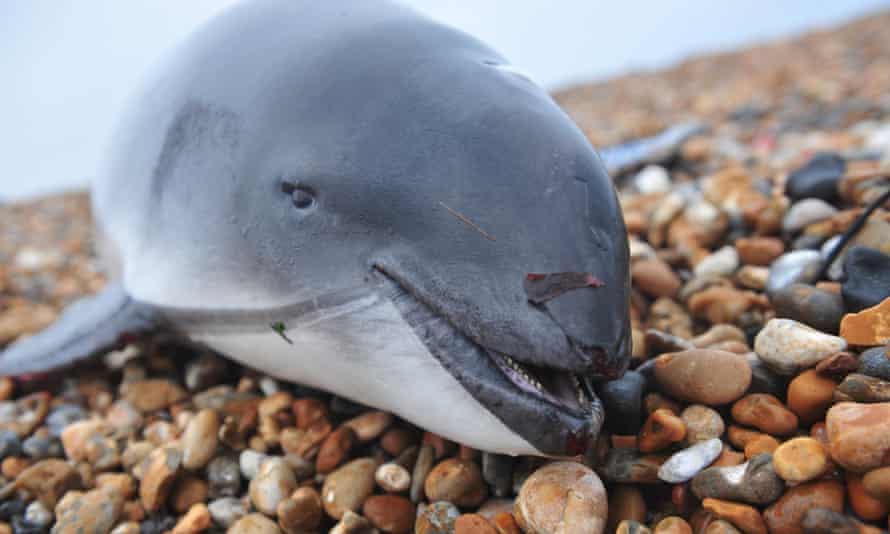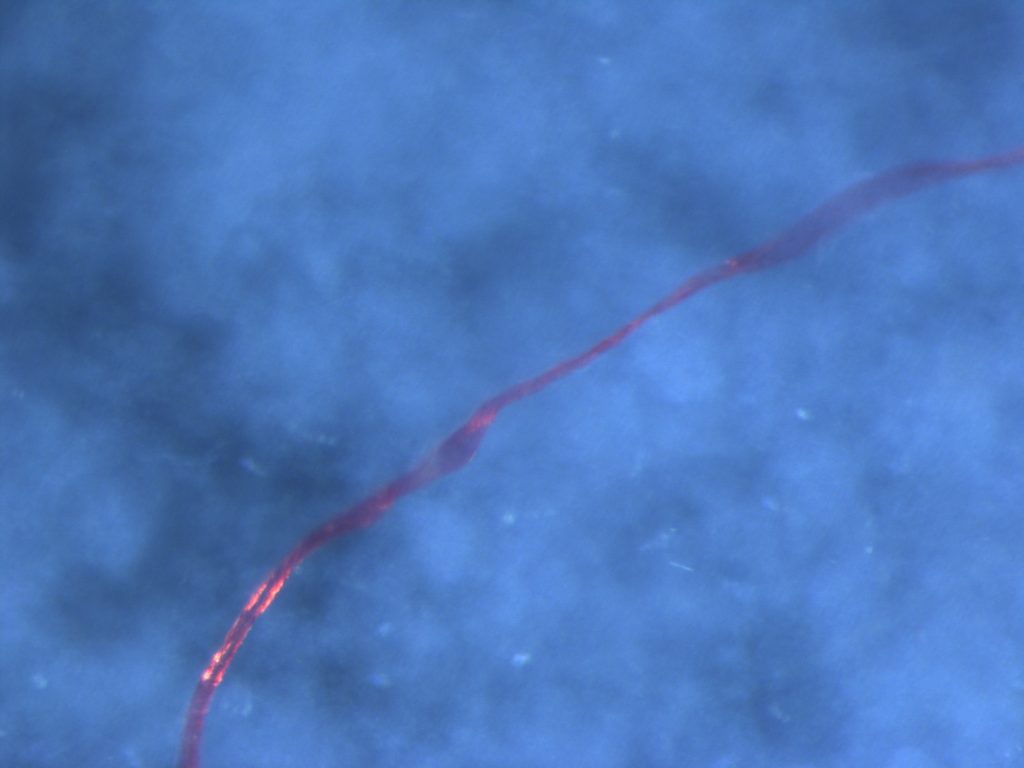This is the latest post in a series which will look at recent advancements, discoveries and trends in the study of whales and dolphins. We here at Sea Watch believe strongly in the free sharing and dissemination of scientific literature and want to give you, our loyal members, the breakdown of all that’s going on in the field.
Cetaceans face many threats throughout their lives, and the ever expanding human population often infringes on the lives of the whales and dolphins in British waters, either directly or inadvertently. In British waters, some marine mammal species have thrived in recent years, such as the bottlenose dolphin whose east coast population has grown steadily in number and in range (Arso-Civil et al., 2019); while the population of harbour seals has taken a dramatic fall in European waters (Hanson et al., 2013). One cetacean species that perhaps doesn’t grab the headlines as often as others is the harbour porpoise, but their importance in our marine ecosystems should not be underplayed. Just like dolphins, the harbour porpoise are apex predators, and are vital characters in the complex tapestry that is the food web of British waters. While competition for food with fishermen, entanglement in fishing gear and even physical disturbance are well-known anthropogenic threats to the harbour porpoise, a more modern threat is emerging.

Most people have heard of microplastics, recent awareness campaigning has shone a light on the less conspicuous side of the throwaway, single-use plastic culture. Any plastic under the size of 5mm (roughly the size of a small ant) is categorised as a microplastic (Lusher et al., 2020). But these plastics can come in a variety of shapes and sizes, and most people would struggle to identify the largest sources of microplastic pollution in the UK. Below is a table showing several plastics commonly found in British marine ecosystems, and where they originate.
| Plastic Type | Primary Uses |
| Nylon | Clothing |
| Polyester | Clothing, Tarpaulin, Sails |
| Polyethelyne | Films, Tubes, Plastic Parts, Laminates |
| Polypropylene | Plastic Packaging, Pipes |
| Polyamide | Sports Clothing, Carpets, Kitchen Utensils |
| Acrylic | Shatterproof Glass Replacement |
| Alkyd Paint Chips | Automotive/Marine Paint |
| Polystyrene | Packaging |
The diversity in size, shape, colour and chemical makeup of these microplastics is remarkable, and every subtle change in the composition of a fragment alters its potential effects on the ecosystem (Ory et al., 2017). For example, studies in the English Channel have shown 66% of plastic fibres ingested by juvenile fish to be blue coloured (Steer et al., 2017). It is estimated that 80% of marine microplastics come from terrestrial sources (Jambeck et al., 2015). The root of the problem may seem easy to identify, a quick glance at the materials listed above will point blame at the textiles and automotive industries. However, there are in fact thousands of sources of microplastics, all of which must be understood and managed in order to reduce the stress on the environment.

These tiny plastic fragments can enter the food chain in two ways, the first being coincidental swallowing, such as the filter feeding of the baleen giants who sift through thousands of gallons of water every mouthful, inevitably swallowing some of the ubiquitous microplastic (Fossi et al., 2012). The other mode of entering the food chain is at the very bottom of the food chain, where tiny zooplankton ingest microplastic fragments, often mistaking them for prey items (Ory et al., 2017). These zooplankton are then themselves eaten by small fish, who are eaten in turn by cetaceans. This process, also known as trophic transfer, has been identified in grey seals around the UK (Nelms et al., 2018), and is now proven in harbour porpoise (van Franeker et al., 2018).
At a glance, it may seem obvious why microplastics are seen as such a threat to marine mammals. A stomach full of indigestible plastic can only be bad news for the health of an individual. The truth is however, that the majority of plastic swallowed by porpoises, and other marine mammals passes through the stomach, then the gut and intestines and is excreted (Philipp et al., 2021). Because the microplastics are made up of manmade chemicals, they cannot be broken down by most animals’ digestive system, and hence they aren’t absorbed into the animals tissue. So why then are microplastics a threat to porpoises if they pass straight through them?
Microplastics adsorb (hold on their surface) and concentrate persistent organic pollutants (POPs) which are known to be harmful to marine mammals (Andrady 2011). These POPs include compounds such as DDT (a formerly common pesticide) and PCBs (dielectric & coolant fluid) (Nelms et al., 2019), both of these compounds are known to cause major health concerns for marine mammals (Aguilar & Borrell 2005). Previous studies have shown these POPs to remain adsorbed to the plastic as it passes through the food chain (Athey et al., 2020), creating a major potential threat to the porpoise.
The science is still catching up to this, the most modern of threats to cetaceans. The truth is, we still don’t fully understand how microplastics affect cetaceans, while some studies have correlated microplastics with disease (Nelms et al., 2019), more recent work on harbour porpoises has linked increased microplastics with better nutritional status (Philipp et al., 2021). This makes sense in theory, because the porpoise are contaminated with microplastic through their food, so it makes sense that those who are able to eat more, contain more microplastic. However the results from this study also indicate that the microplastic is having no negative impact, at least on the ability to feed, of the harbour porpoise (Philipp et al., 2021). Regardless of the risks, with increased awareness, tighter regulations and ongoing scientific study of how these microplastics affect our wildlife, there is more than a glimmer of hope for Britain’s porpoises.
Written by Jay
Sea Watch Volunteer
Feature Blogger
























